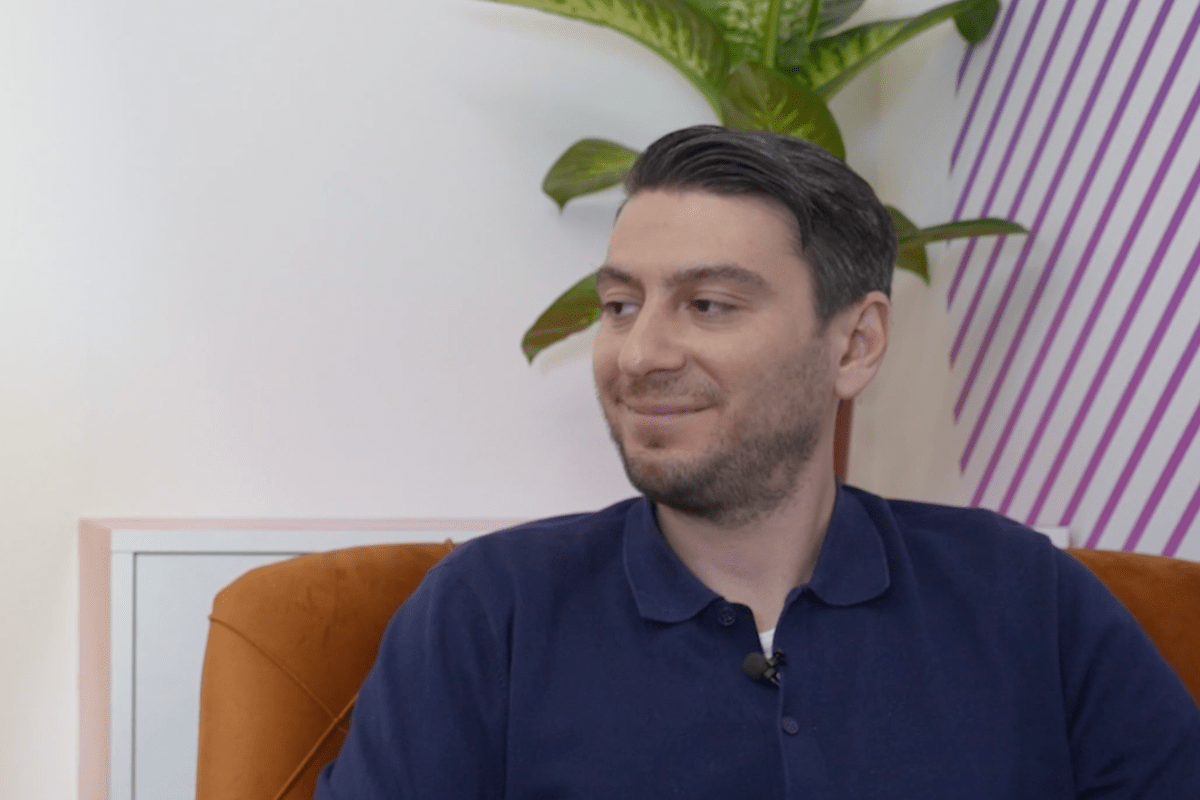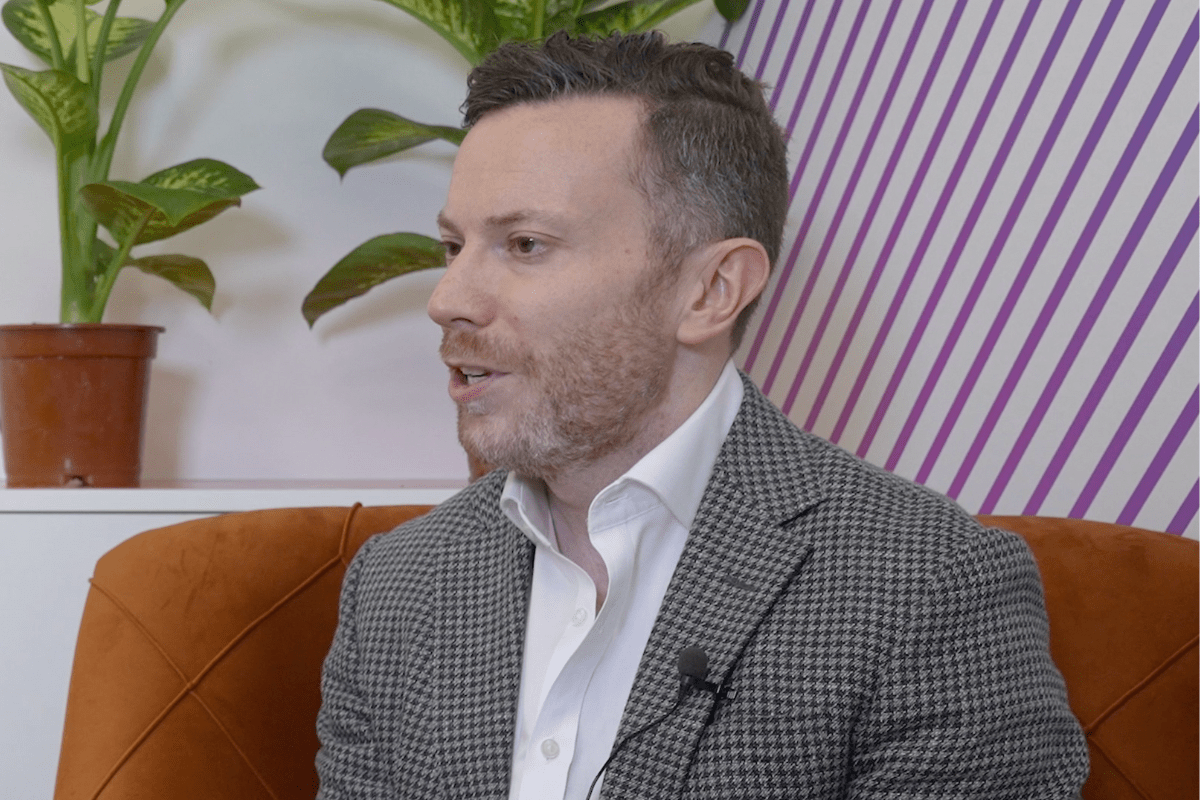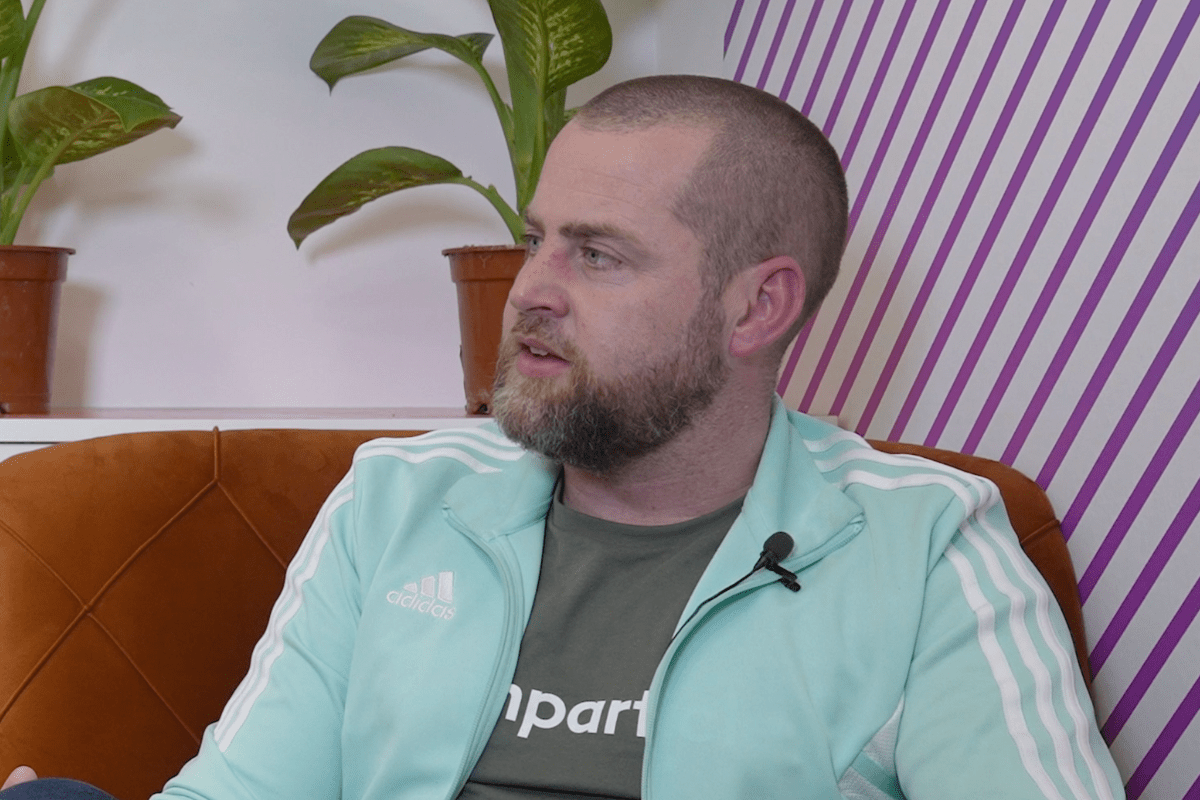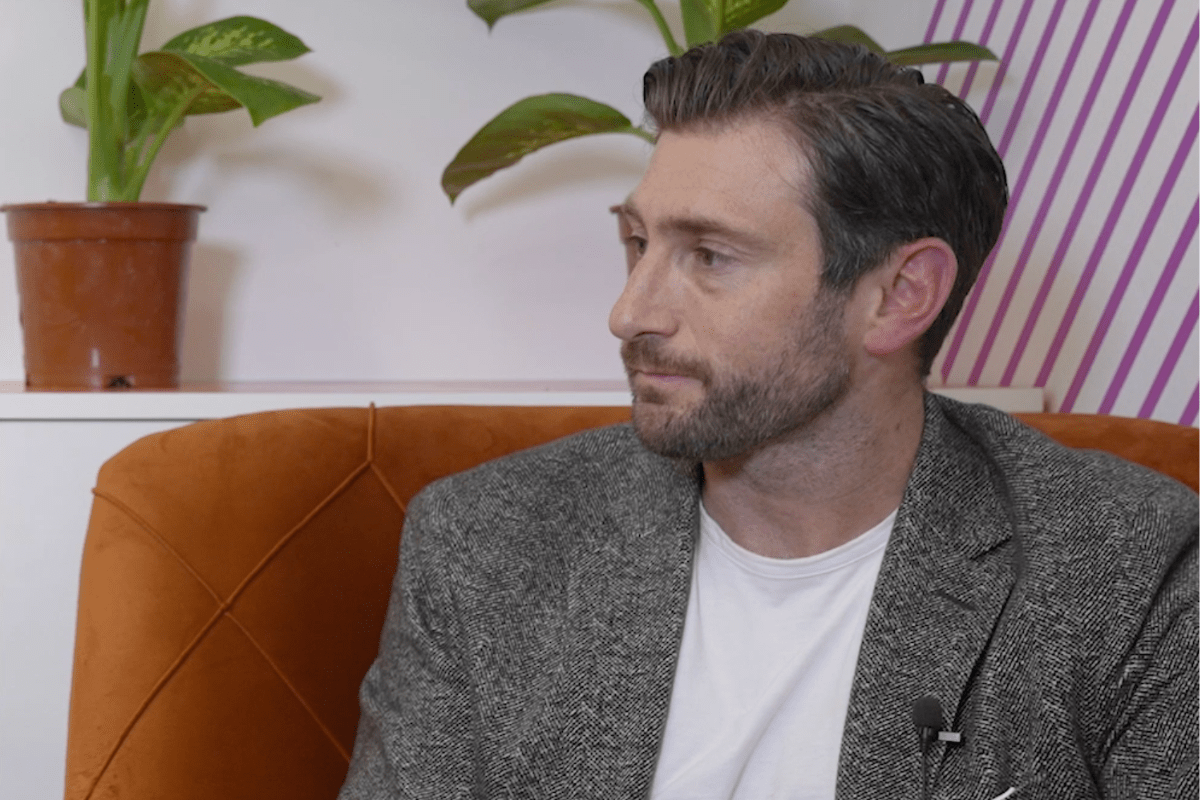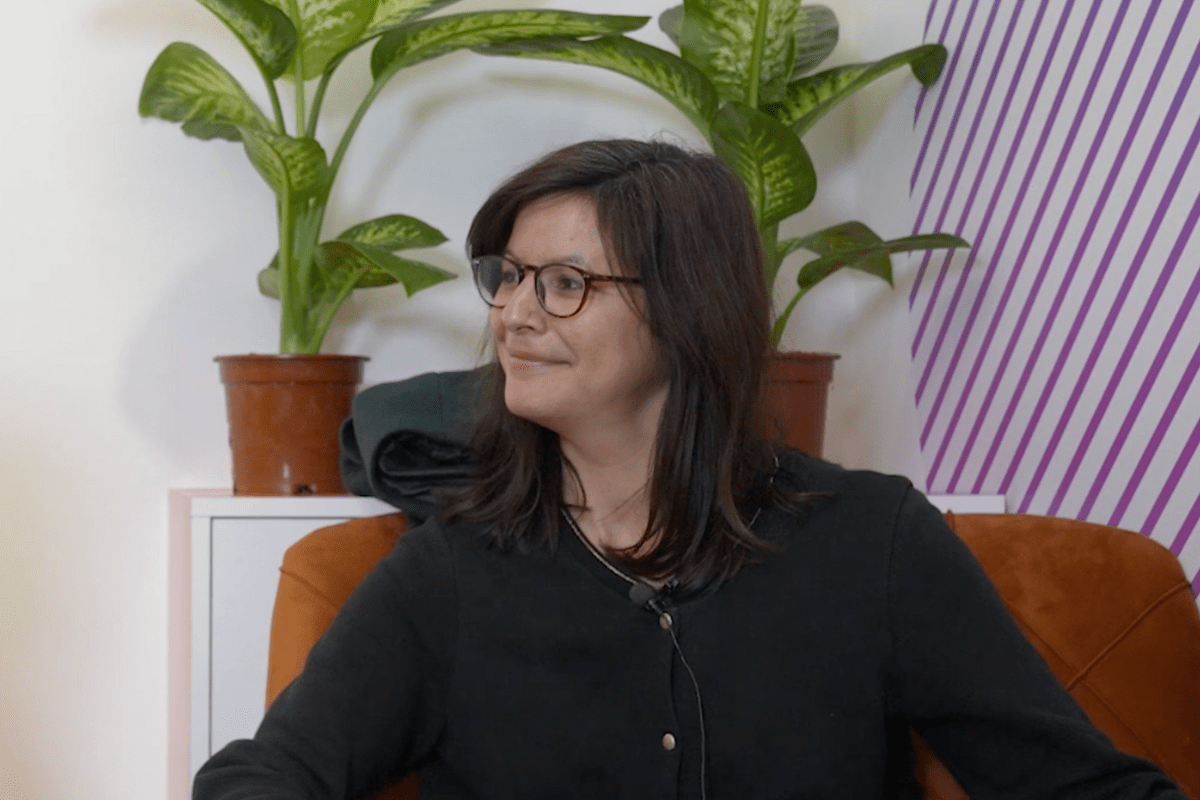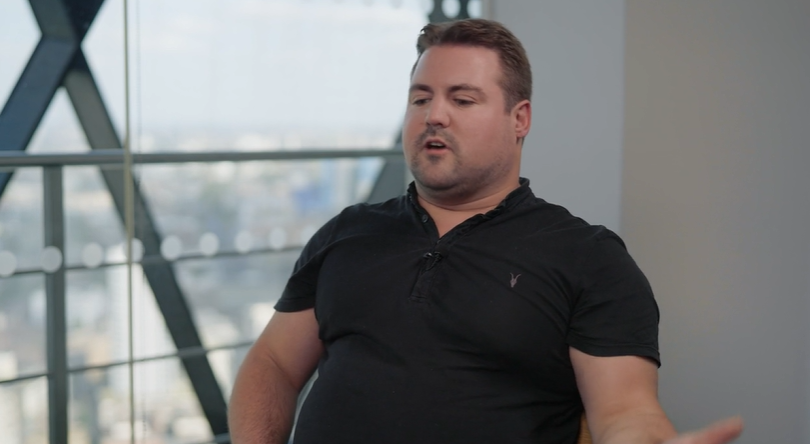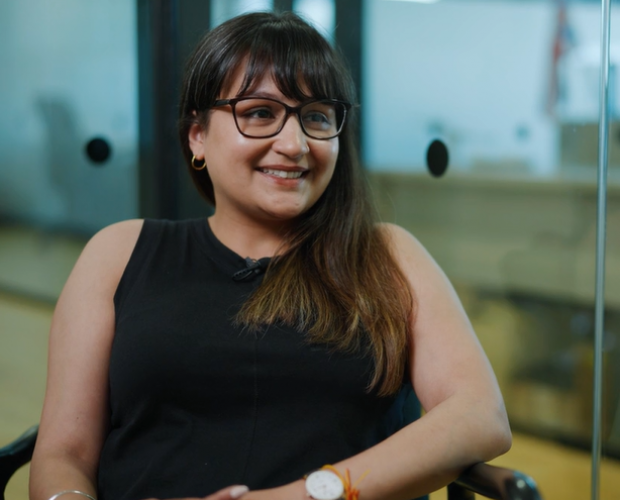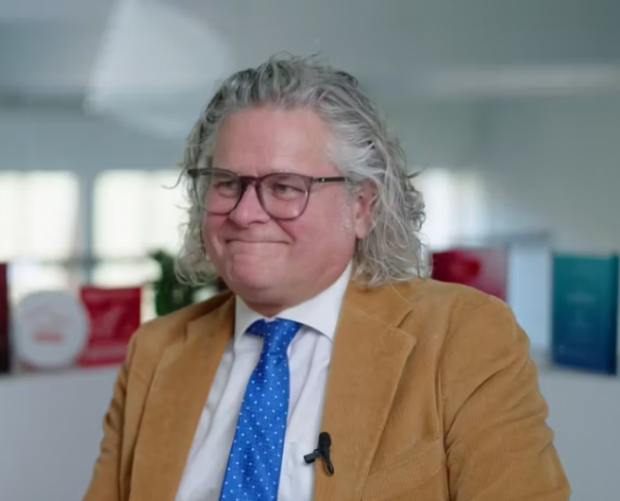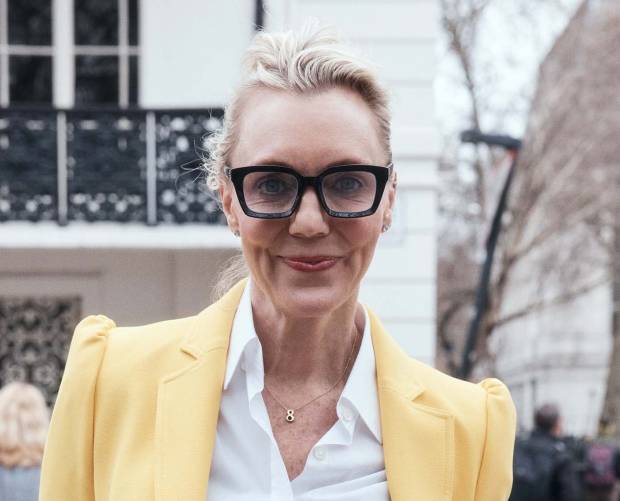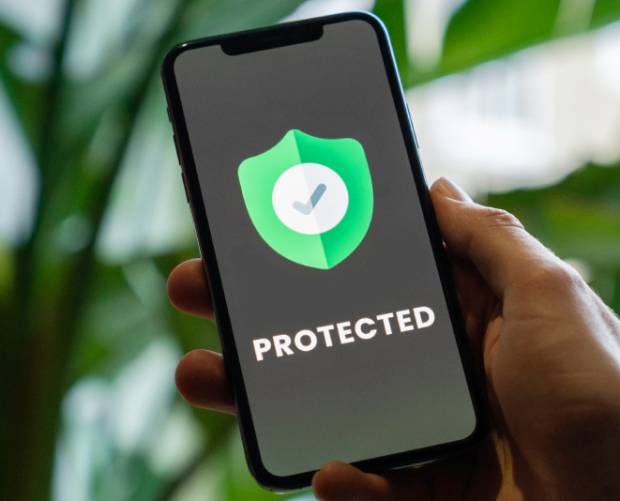Location data has never sat right with us: Talking COVID and app marketing with Londons number one bus app
- Thursday, April 1st, 2021
- Share this article:
 The past year has proved to be difficult for most businesses across industries and one of the industries that has been greatly affected, as you would expect, is the public transportation industry.
The past year has proved to be difficult for most businesses across industries and one of the industries that has been greatly affected, as you would expect, is the public transportation industry.
Passenger numbers across buses and trains fell drastically as people, other than key workers or those taking other essential journeys, were forced to stay indoors. People were no longer commuting to work, visiting friends and family, or making their way out to pubs, clubs, and restaurants.
This, obviously, hit the public transportation sector hard, even extending to the apps dedicated to the sector. One such app is the London Live Bus Countdown app – the most popular London bus app, offering the public with live bus times, journey planning, travel status updates, and more.
“Weve definitely seen usage fall and peak to extremes in the past year. When a large percentage of our audience were mandated to stay at home, we knew only those who really need to use the bus service would be using our app,” says Jason Kapadia, Founder of Mobicia, the creator of London Live Bus Countdown. “We didnt feel right promoting bus usage during this time due to the obvious increased virus transmission risk, so we asked ourselves how we can better serve the users who had no choice but to travel during these extraordinary times.”
In order to cater to its user base during these trying times, the app developed a new feature which enabled users to more easily report problems – including those related to COVID – to TfL.
“16 per cent of London’s population use our app, so it made sense that we send data regarding demand at bus stops along with other statistics to help TfL adjust bus frequency and improve the service for all passengers,” explains Kapadia.
“During the first lockdown, we saw the number of users decrease by up to 82 per cent. We took the steps to aggressively optimise our infrastructure and processes to keep our costs as low as possible. Passenger limits, bus frequency changes and up to half of buses on certain higher frequency routes signed as school services helped user engagement stay strong. Currently we are seeing around 60 per cent of pre-pandemic daily active users and rising as restrictions continue to ease.”
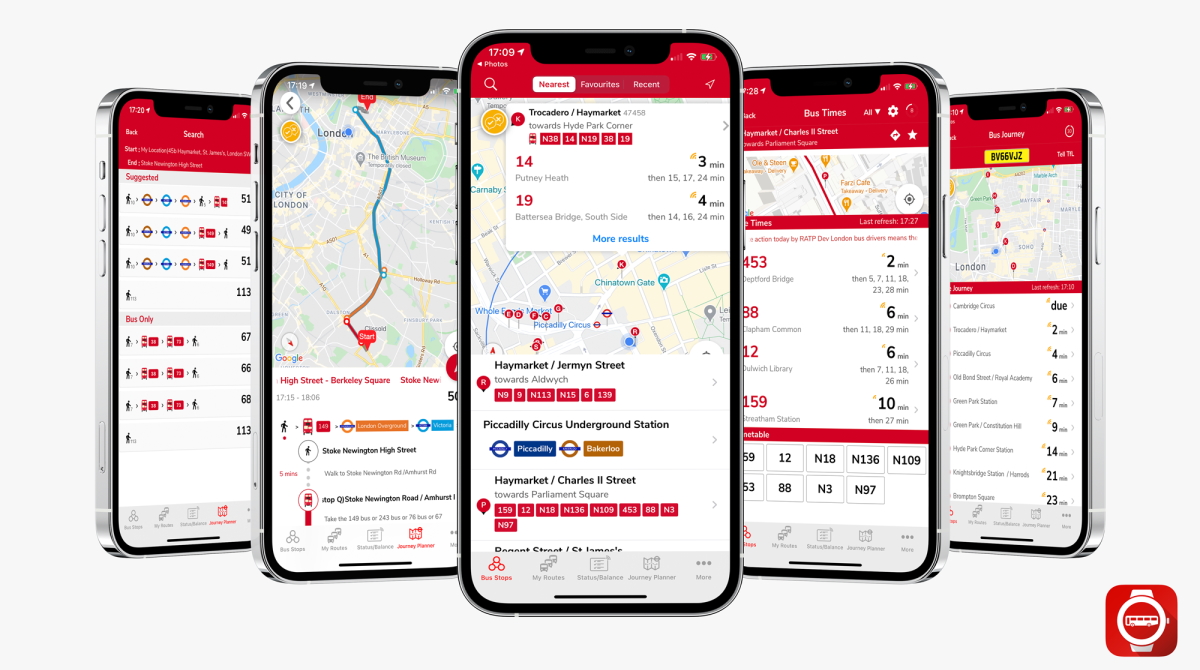
When the app started out in 2011, it focused on using an organic user acquisition strategy – something that has helped keep costs low over the years – while making it easy for users to review and share the app.
“Whilst paid user acquisition was available, we decided to experiment and find out if the search algorithm could be convinced that we could be the first pick when anyone typed in ‘bus times’ or similar keywords into the app store search,” says Kapadia. “When we launched, our primary competition were paid bus times apps, so we decided to go free and that strategy worked well to gain initial traction. Our app name is slightly lengthy, ‘London Live Bus Countdown’, but it was the result of meticulously experimenting with the keywords and app descriptions which drove the most downloads.”
While striving to keep the costs of running the app low is all well and good, Mobicia still has to generate revenue from its product.
The London Live Bus Countdown app does this mainly through in-app advertising, while continuing to focus on providing a positive user experience and refusing to sell the location data of its users.
“In-app ads are our main source of revenue. We display a small 320×50 banner at the bottom of the screen. Interstitials are something we investigated, we saw some of our competition using it and it didn’t give a good user experience for an app where session lengths were relatively short,” says Kapadia.
“Our current strategy is to use a combination of header bidding and mediation using Google Ad Manager as our primary ad server. We have raised floors, so some users dont see any ads at all, as we are targeting the higher quality programmatic ads. Direct relationships with brands and agencies made up 15 per cent of our revenue, but many campaigns were paused as COVID threw a wrench into marketing budgets. Since restrictions have been easing, we have seen a rush of direct campaigns go live with large brands and we hope to continue this trend this year,” continues Kapadia.
“Other similar apps sell user location data as a source of revenue but, even though we were hounded by dozens of data companies and we couldve significantly increased our revenue, it never sat right with us as we, ourselves, wouldnt want to use an app that was tracking everywhere we go in the background.”
The app was serving around 1.45m monthly active users pre-COVID, has high user retention, and holds an average star rating (out of five) of 4.7 on iOS and 4.6 Android from almost 200,000 reviews.
The plan is to build on this success in London and expand to other regions in the UK and abroad – Mobicia is already running versions of its app in beta in some US and Canadian cities. And, with these big plans, the developer will expand its marketing efforts a little further to help ensure a strong entry into new markets.
“As we are launching in new regions in the near future, once things start to normalise, we will be using targeted social media campaigns to acquire new users in those regions to gain a small foothold, which we will then look to grow more organically over time,” concludes Kapadia.




